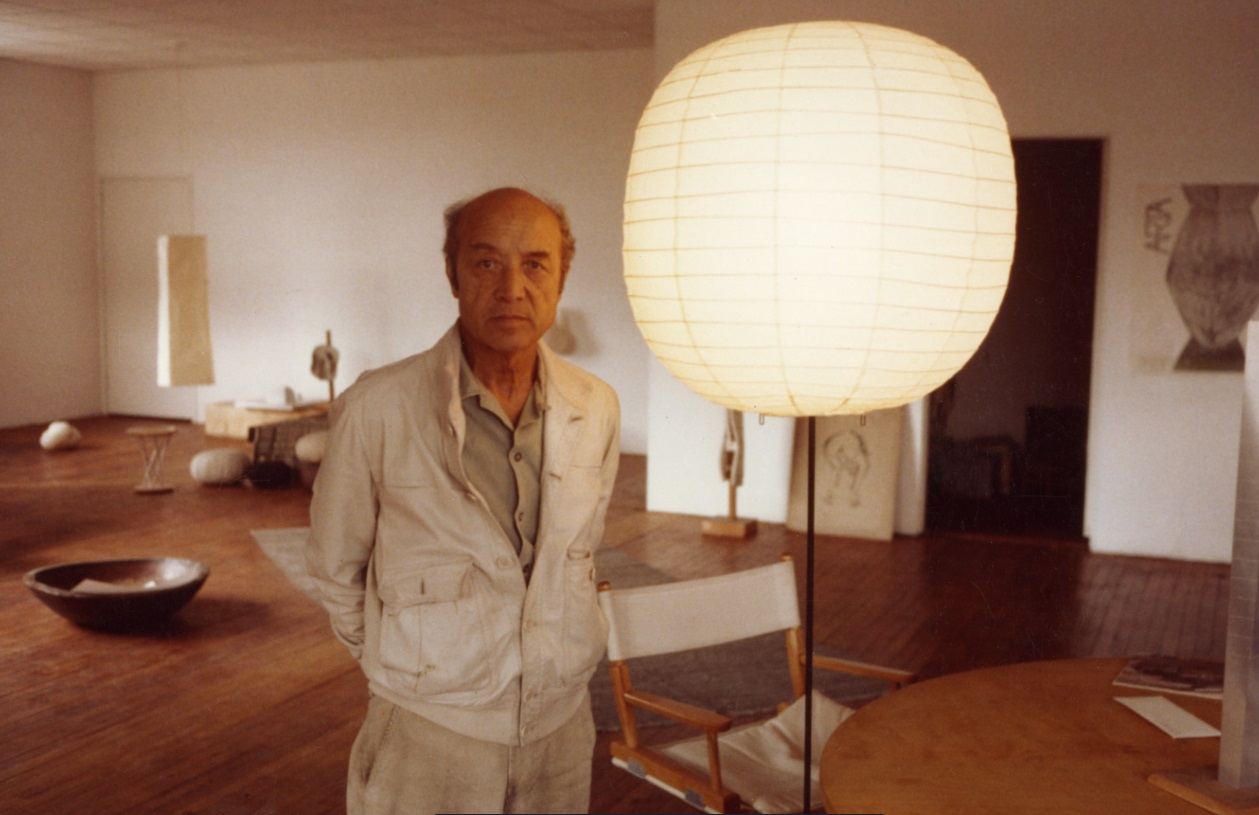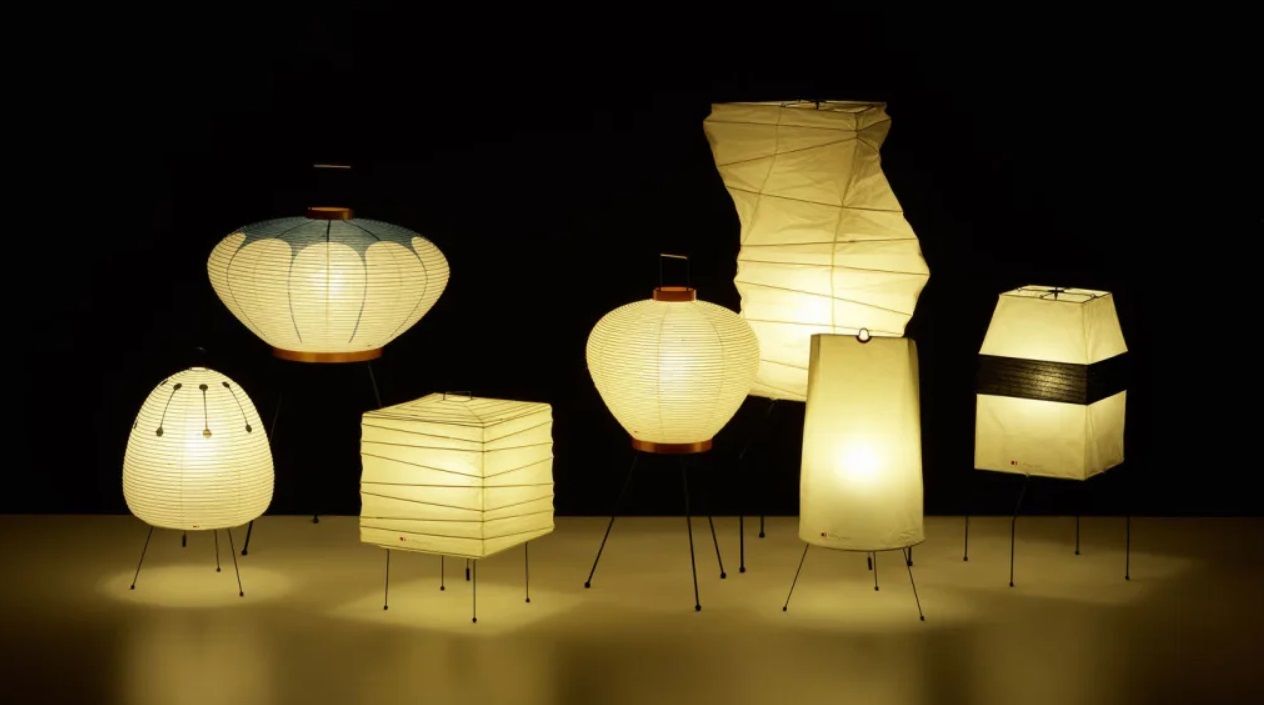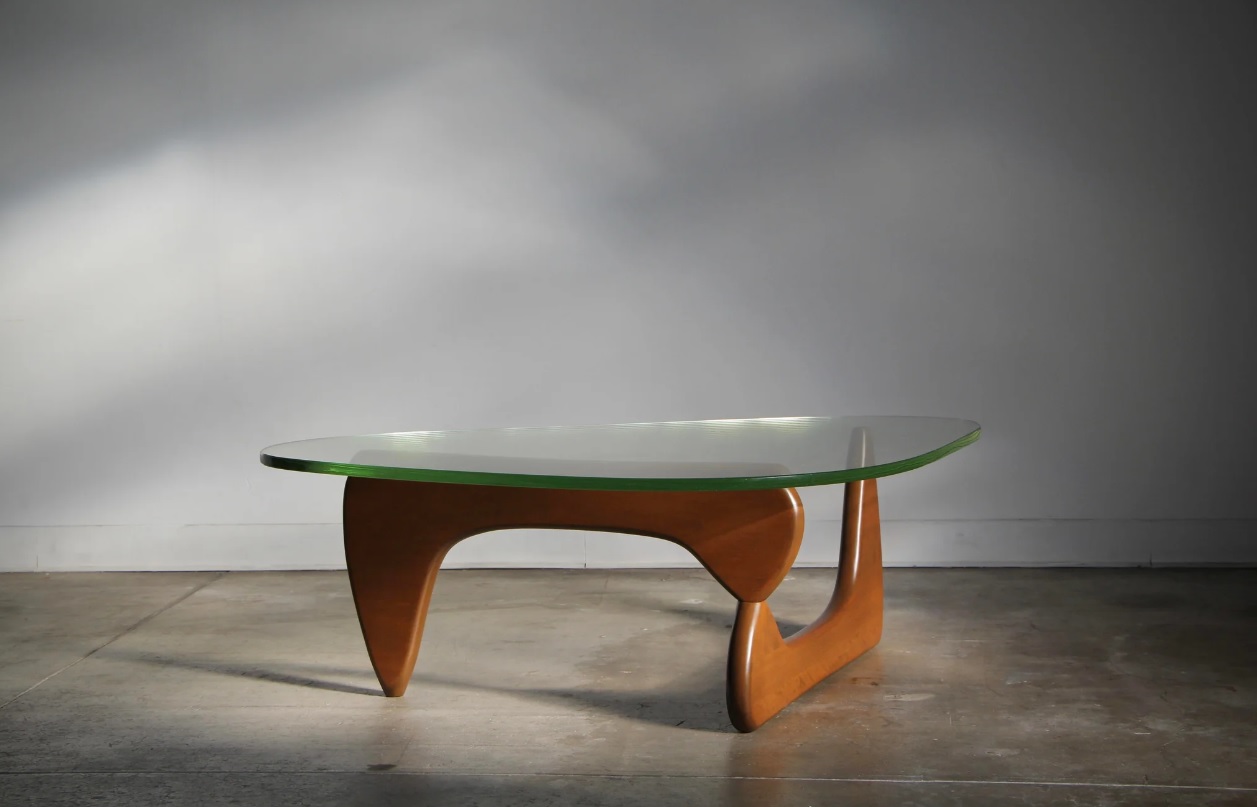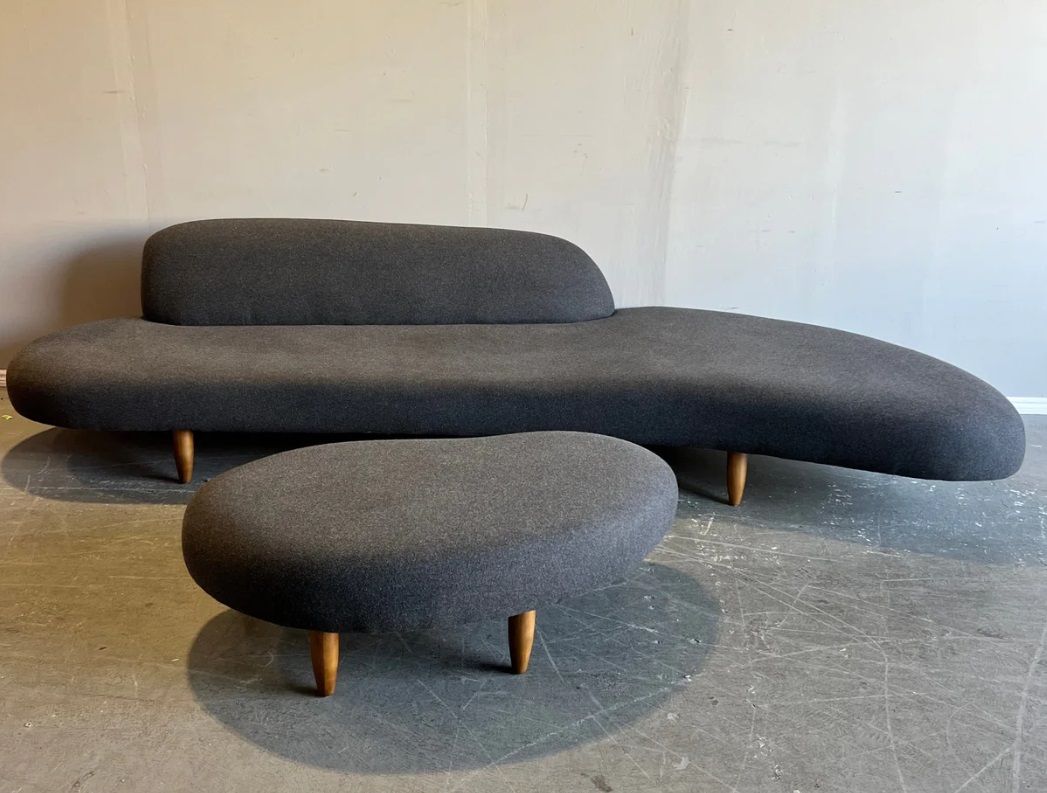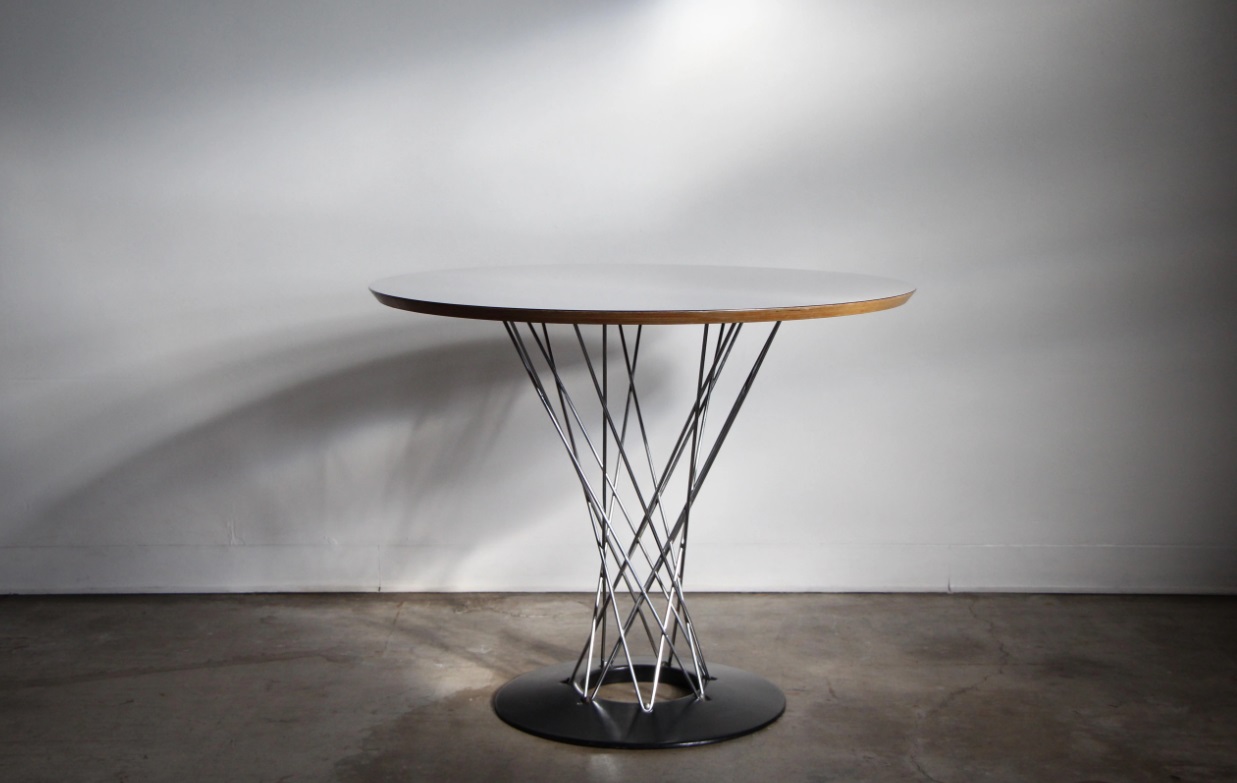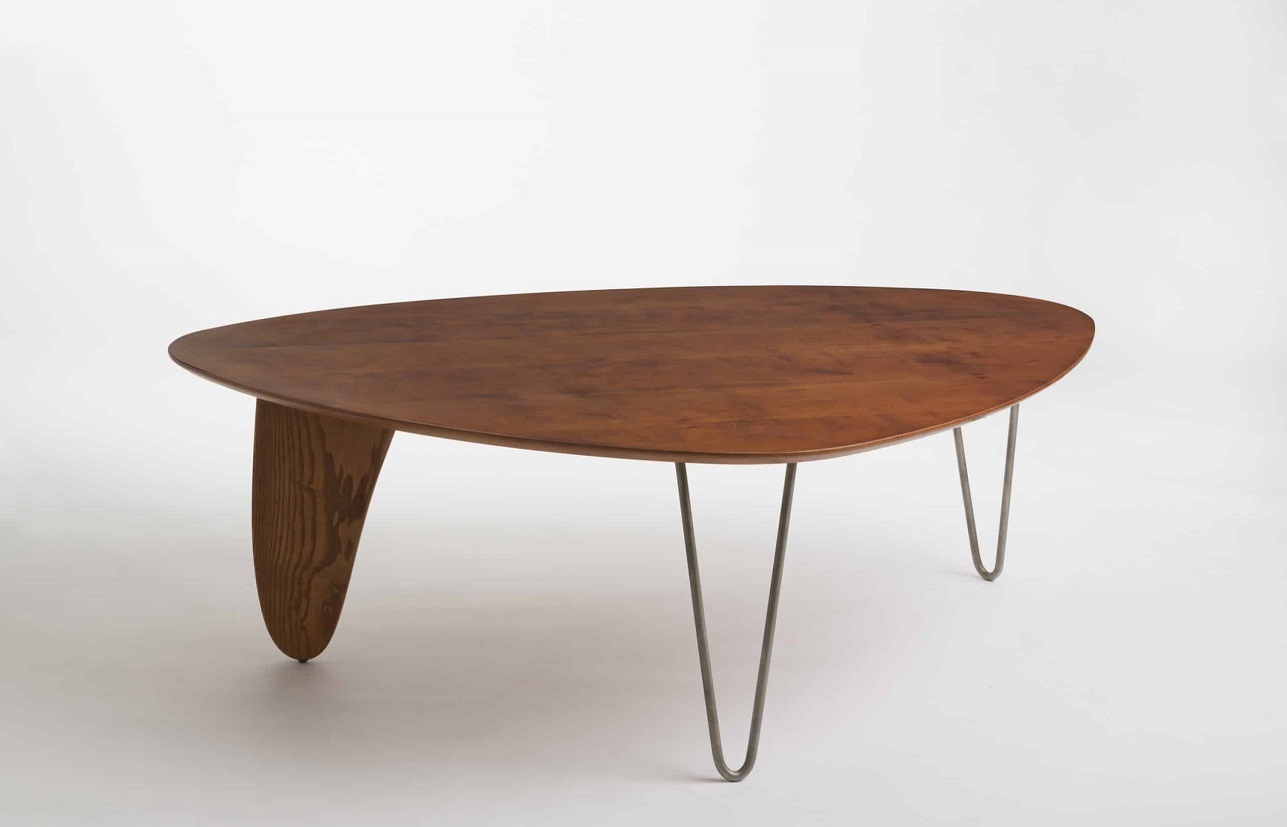Clean, timeless, and elegant minimalist aesthetics are resurgent in modern furniture design. Neutral colors, geometric shapes, and natural materials make furniture versatile and contemporary, creating pieces that transcend time and space.
Isamu Noguchi is among minimalist furniture design’s most influential and iconic names. A Japanese-American sculptor and designer whose work spanned over six decades, Noguchi merged his dual influences of Japanese art and craftsmanship with American sensibilities to create collections of mid-century furniture. With a focus on function first, Noguchi created iconic pieces that perfectly married art and purpose.
In this article, we’ll show you five of his most iconic furniture designs, which have remained timeless and relevant for contemporary use.
Related article: Blend Furniture: Timeless Elegance in Furniture and Homeware Design
Who was Isamu Noguchi?
Isamu Noguchi was born in 1904 in Los Angeles, California, to Japanese poet Yone Noguchi and his mother, American educator Leonie Gilmour. Noguchi’s childhood in Japan and studies in the United States played pivotal roles in his artistic influence, as evident through his use of traditional Japanese aesthetics with modern musings.
Surrealist art also heavily influenced him, particularly the biomorphic style, with his sculptures and artwork dominantly featuring shapes, such as spheres, pyramids, lines, and curves.
A sculptor, landscape artist, and set designer, Noguchi started his foray into furniture design in the 1940s, where he made a lasting mark on minimalist aesthetics while keeping the elements of versatility, style, and functionality at the same time.
Related article: Versatility, Style, and Functionality Through Innovative Designs by Beautiful Ideas in Nigeria
Five of His Most Well-Known Furniture Designs
Akari Light Sculptures/Fixtures
The Akari light sculptures have been imitated repeatedly and are often seen in many modern homes, restaurants, and other Asian-themed stores and buildings. Though frequently copied, Noguchi’s work has always been unique.
The fixture collection was part of his work with artisans in Gifu, Japan, which is a place known for its mulberry bark paper and bamboo lanterns. The word Akari is translated to “light as illumination” in Japanese. Noguchi played with this definition to create the lantern collection in various shapes, featuring washi paper stretched over a bamboo ribbing structure.
Simple, functional, and elegant, the Akari lanterns epitomize traditional Japanese craftsmanship with a modern perspective.
Noguchi Coffee Table
The Noguchi Coffee Table of 1944 is considered the artist’s most famous furniture piece. It’s a coffee table with only three elements: a glass top and two interlocking pieces of wood. Sold by Herman Miller, Inc., the piece is also acknowledged as one of the most significant works of modern furniture ever designed.
Unpainted, Noguchi wanted to highlight the natural grains of the wood used as a tripod and base, complementing the modern glass material to create a harmonious, elegant, yet functional piece of furniture seen in museums and homes until the present time.
Freeform Sofa and Ottoman
With the Noguchi freeform sofa and ottoman having an avant-garde silhouette, Noguchi uses art and function in this furniture design. A wooden frame serves as the base of an upholstered sofa, featuring curvilinear elements that create a simple fluidity that makes the furniture look more like an art piece rather than just a simple piece of living room seating. First developed in 1946, it continues to be sold today and offered in different wool upholstery options.
Cyclone Table
Noguchi’s Cyclone Table is another furniture piece that blurs the line between art and function. A circular wooden veneer top and a metal rod stand shaped like a cyclone or twister connect it to a base, creating a functional art piece.
Used as a dining table, coffee table, or side table, it’s a versatile piece of furniture that bears Noguchi’s signature minimal yet sculptural aesthetic and uses natural and artificial materials.
Rudder Table
Noguchi’s Rudder Table is another example of his use of organic and synthetic materials to create an iconic piece of furniture. With one stand made of wood, two hairpins made of metal (shaped like boat rudders), and an asymmetrical wooden top, the Rudder Table is a light and elegant piece that features artistic integrity and function.
Parting Thoughts
Isamu Noguchi died on December 30, 1988, but his influence on furniture design has continued to make a mark in modern minimal design aesthetics. His integration of art and function, spatial awareness, and Japanese aesthetics with craftsmanship offers a distinct take on timeless furniture styles.
Featuring functionality, simplicity, and thoughtful use of materials, Noguchi’s understated elegance puts forth harmony in his furniture pieces, influencing artists and designers today and well into the future.
Check out more Design & Architecture articles here.
–
Featured Image by THE MILLIE VINTAGE

